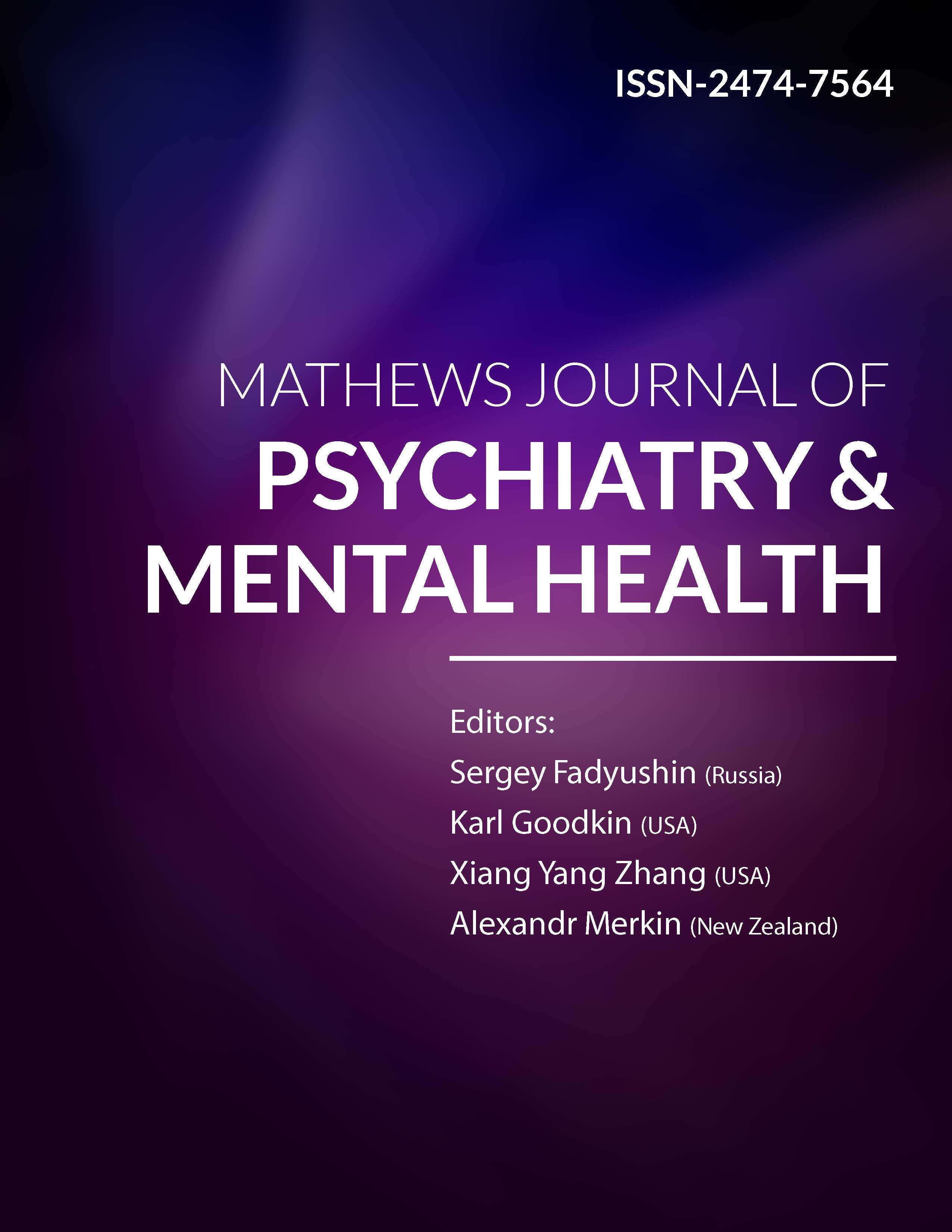
Information Links
Previous Issues Volume 2, Issue 2 - 2017
Prevalence and Contributing Factors of Insomnia among Elderly of Pashupati Old Aged Home (Briddhashram)
Sushila Shrestha1, Tara Roka2, Sunil Shrestha 3*, Sujyoti Shakya4
1Registered Nurse, Manmohan Cardiothoracic Vascular and Transplant Centre, TUTH Complex, Maharjgunj, Kathmandu.
2Associate Professor, Nepalese Army Institute of Health Sciences, Kathmandu
3Lecturer, Medical Biochemistry Department, Nobel College, Sinamangal, Kathmandu
4Market Planning Department, Everest Pharmaceuticals Pvt. Ltd, Tinkune, Koteshwor, Nepal.
Corresponding Author: Sunil Shrestha, Lecturer, Medical Biochemistry Department, Nobel College, Sinamangal, Kathmandu, Nepal, Tel +977-11-661399; E-Mail: [email protected]
Received Date: 21 Mar 2017
Accepted Date: 10 Apr 2017
Published Date: 11 Apr 2017
Copyright © 2017 Shrestha S
Citation: Shrestha S, Roka T, Shrestha S and Shakya S. (2017). Prevalence and Contributing Factors of Insomnia among Elderly of Pashupati Old Aged Home (Briddhashram). Mathews J Psychiatry Ment Health. 2(2): 014.
ABSTRACT
Insomnia is one of the major and unsolved problems in older people. The prevalence of insomnia increases steadily with age and is often a persistent problem, particularly in older adults and are often mistaken as a normal part of ageing. Studies investigating insomnia among elderly people living in geriatric homes, especially in Nepal, are rare. The objective of this study was to determine the prevalence and contributing factors of insomnia among elderly people of Social Welfare Centre Briddhashram (Old aged home), Pashupati, Kathmandu. A descriptive cross-sectional study design was conducted among 148 elderly people of 60-94 years of age, following simple random sampling technique. The tools used were semi-structured questionnaire, Athens Insomnia Scale (AIS) and Geriatric Depression Scale (GDS). The data was collected by using semistructured interview schedule and was analyzed by using SPSS version 17.0. This study highlights that around three-fifth (61.5%) of the respondents had insomnia associated with different factors such as age, suffering from increased number of physical symptoms, irregular sleep, etc. Three-fourth (75%) of the respondents complained of pain; followed by weakness of extremities (65.5%). Depression, perceived poor health status as compared to one year ago and use of drugs for long term illness were also found to be contributing factors of insomnia. Insomnia is common among elderly population.
KEYWORDS
Insomnia; Elderly; Nepal.